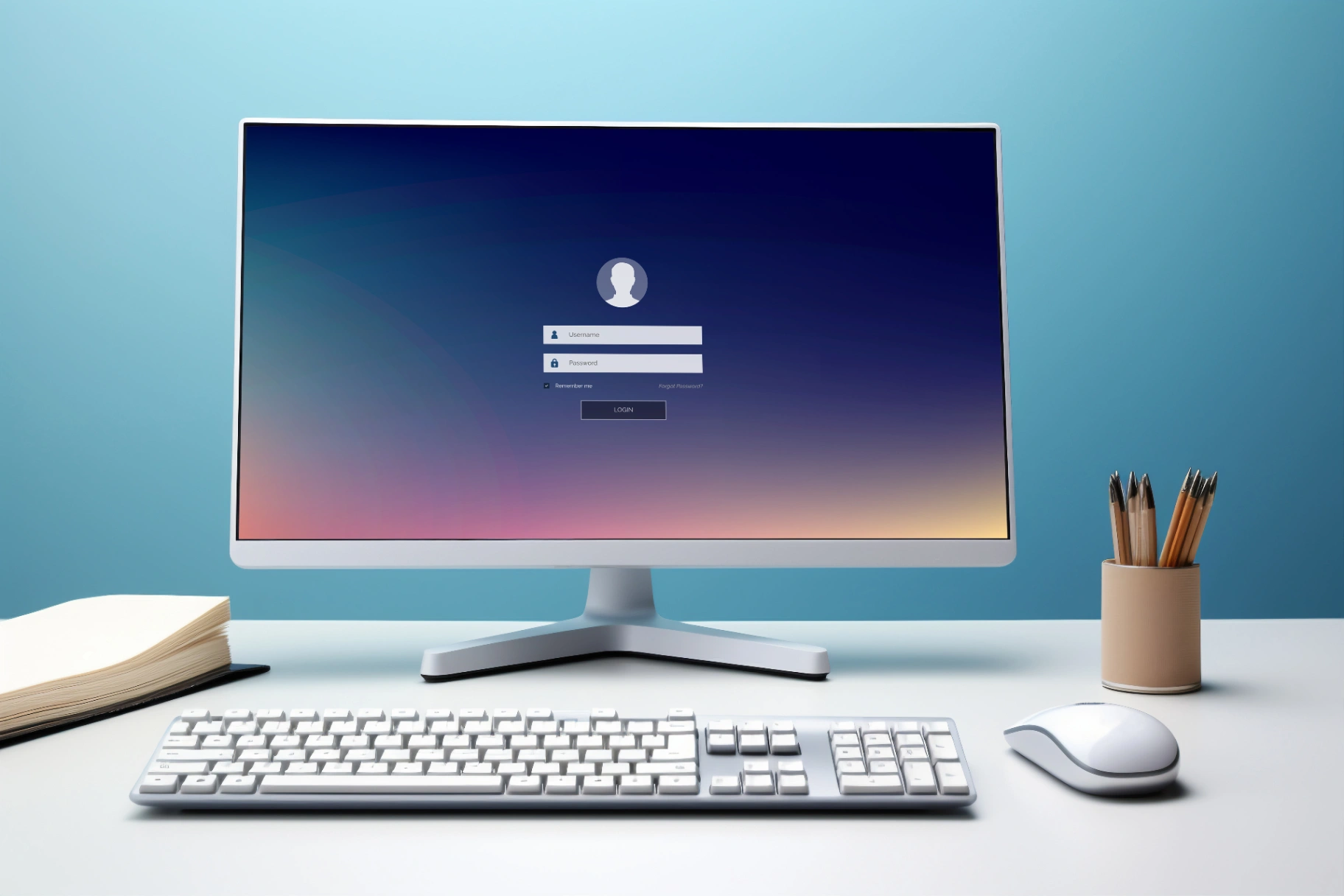How to Install Windows 11: A Beginner-Friendly Guide
Upgrading to Windows 11 or performing a clean installation can significantly improve your PC's
Created by: Daniel Ogunsemowo /
Vetted by:
Otse Amorighoye

Upgrading to Windows 11 or performing a clean installation can significantly improve your PC's functionality and efficiency. Whether you’re a first-time user or upgrading from an earlier version, this beginner-friendly guide will walk you through each step of installing Windows 11, ensuring you understand the process clearly from start to finish.
Step 1: Prepare Your PC and Installation Media
Backup Your Data
Secure all important files by backing them up to an external drive or cloud storage. This is crucial to avoid data loss. Consider reading our guide on common data recovery tools to be prepared for any mishaps.
Check System Requirements
Verify that your PC meets the minimum requirements for Windows 11, available on the Microsoft website. This includes a compatible processor, enough memory, adequate storage space, system firmware, and more. For more detailed insights, check our article on why operating system updates are important.
Create Installation Media
Download the Windows 11 Media Creation Tool from Microsoft’s official site. Use this tool to create a bootable USB drive or DVD.
Step 2: Access BIOS/UEFI and Change Boot Order
Entering BIOS/UEFI
Reboot your PC and repeatedly press the BIOS access key (F2, F12, Delete, or Esc) to enter the settings menu. If you’re unsure, check your PC’s manual or manufacturer’s website for specific instructions.
Adjust Boot Settings
In the BIOS/UEFI settings, navigate to the boot order section and prioritize the USB or DVD drive containing your installation media. This ensures your PC boots from the installation media.
Step 3: Install Windows 11
Begin Installation
With the boot order set, insert your installation media and restart your PC. Follow the on-screen prompts to start the Windows 11 installation process.
Select Installation Type
Opt for "Custom: Install Windows only (advanced)" for a clean installation. This will allow you to format your drive and install a fresh system. For more guidance on managing hardware issues during installation, read our PC hardware problems troubleshooting guide.
Partition Your Drive
During the installation, you can partition your hard drive as needed. Ensure you have backed up any important data before formatting any partitions.
Step 4: Windows Setup and Customization
Enter Product Key
Input your Windows 11 product key when prompted. If reinstalling on the same hardware, Windows may activate automatically based on your digital license.
Choose Your Preferences
Select your preferred language, time, and keyboard settings. Continue following the prompts to configure your installation.
Install Critical Updates
Allow Windows to search for and install the latest updates to ensure your system’s security and stability.
Step 5: Finalizing Your Windows 11 Installation
Set Up User Accounts
Create your user profile by selecting a username and password. You can also connect to your Microsoft account for synced settings across devices.
Adjust Privacy Settings
Configure your privacy settings to your comfort level by reviewing the options provided during setup.
Complete Installation
Finish the setup as Windows finalizes your installation. Your PC may restart several times during this process.
Step 6: Post-Installation Checklist
Install Device Drivers
Check Device Manager for any missing drivers and download the necessary updates from your device manufacturers’ websites.
Reinstall Essential Software
Restore your applications, including browsers, office tools, and security software. Consider reading our article on essential tools for hardware diagnostics to ensure optimal hardware performance.
Run Windows Update
Ensure all the latest patches and security updates are installed by running Windows Update from the settings menu.
Check Out Our Desktop Support Services
Installing Windows 11 can refresh your computing experience and provide access to the latest features and security enhancements. By following this detailed guide, you can ensure a smooth installation process and set up your system for optimal use. Remember, after installation, keeping your system updated and maintaining regular backups are the best practices to protect your data and hardware. For more insights on maintaining your hardware, check out our tips for preventing hardware failures.
FAQ Section
1. What should I do if my PC doesn't meet the Windows 11 requirements?
Consider upgrading your hardware or consulting with an IT professional to explore alternative solutions.
2. Can I upgrade directly from Windows 10 to Windows 11?
Yes, you can upgrade directly from Windows 10 to Windows 11 if your system meets the minimum requirements.
3. How long does the Windows 11 installation process take?
The installation process can take anywhere from 30 minutes to a few hours, depending on your system's speed and configuration.
4. What if I encounter errors during installation?
Refer to our PC hardware problems troubleshooting guide for solutions or contact our desktop support services for assistance.
5. Do I need an internet connection for the installation?
An internet connection is recommended for downloading updates and activating Windows, but it is not strictly necessary for the initial installation.